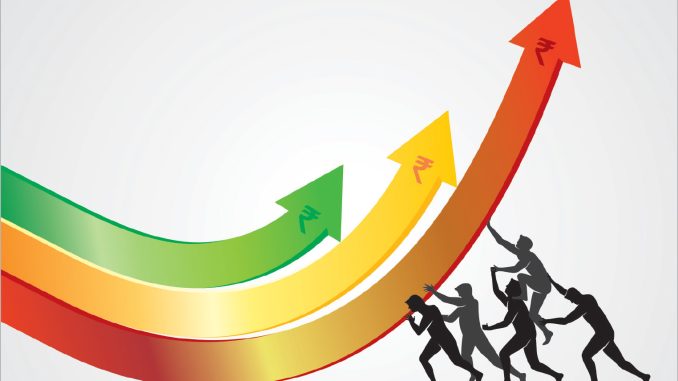
As the country moves towards achieving its clean energy targets, hydropower will be pivotal to balancing the electricity grid. In addition to being a clean energy source, hydropower is a good source of peaking power to complement highly intermittent renewables. Moreover, mature technologies such as pumped storage can help in load levelling, peak load shaving and ensuring the stability of the electric grid.
However, the hydropower segment has been witnessing a slowdown in capacity addition for some time now and its share in the generation mix has been declining. As of December 2021, the country’s installed hydro capacity (projects over 25 MW) stood at 46.51 GW, growing at a CAGR of 1 per cent in the past five years. It constituted around 11.8 per cent of the total installed capacity in 2020-21, falling from 13.6 per cent in 2016-17.
Following up on the key measures announced by the government in 2019 to promote the hydropower segment, the power ministry has notified a hydropower purchase obligation of 0.18 per cent for 2021-22, which is set to increase to up to 2.82 per cent by 2029-30. Furthermore, the ministry has issued guidelines for budgetary support for flood moderation and creation of enabling infrastructure such as roads and bridges associated with HEPs. Other tariff rationalisation measures, including backloading of tariffs with 2 per cent escalation as outlined by the ministry, are yet to be incorporated by the CERC in tariff regulations.
Overall, going forward, hydropower could see a greater push from the government and developers as the country prepares itself to achieve 500 GW of non-fossil fuel-based energy and 50 per cent renewable energy in its energy mix by 2030, in line with the commitments made at the COP26 climate summit.
The InFocus section this month on “Hydropower in India” dwells in greater depth on the future outlook for hydropower, as well as the issues and challenges facing the segment.
